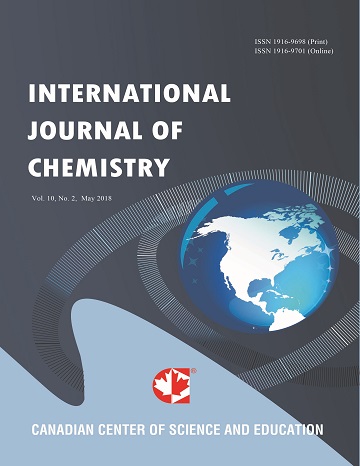Synthesis, Characterization and Biological Activity of Novel Zirconium, Zinc and Cadmium Complexes Derived from Substituted Tetramethyl Guanidine
- Hoda Pasdar
- Naser Foroughifar
- Bahare Saghavaz
- Mehran Davallo
Abstract
A novel series of metal complexes of guanidine ligand derived from condensation of 1,1,3,3-tetramethylurea and 2-aminopyridine in present of POCl3 have been synthesized. The complexes are characterized using FTIR, UV-Vis and also molar conductance was measured. These spectroscopic studies confirmed that the ligand bonded to the metals through the nitrogen atoms. The suggested structures of the metal complexes are square planner. The ligand and its metal complexes were tested against Gram-negative bacteria; Escherichia coli, Serratia marcescens and Gram-positive bacteria; Bacillus sabtilis and Staphylococcus aureus by applying disc diffusion method. The most antibacterial activity of synthesized compounds belongs to CdL2 complex. The results of this study showed that the metal complexes have more antibacterial activity against species when compared to the parent ligand.
- Full Text:
 PDF
PDF
- DOI:10.5539/ijc.v9n3p49
Index
Contact
- Albert JohnEditorial Assistant
- ijc@ccsenet.org
